As the first General Secretary of the Party and an excellent student of President Ho Chi Minh, the life and revolutionary career of comrade Tran Phu became an exemplary, shining example of a steadfast, indomitable communist, just as his famous saying: "Keep your fighting spirit"!.

Former General Secretary Tran Phu. Photo: tapchimattran.vn
Comrade Tran Phu was born on May 1, 1904, in An Tho village, An Dan commune, Tuy An district, Phu Yen province (originally from Tung Anh commune, Duc Tho district, Ha Tinh province), in a family of patriotic scholars. Orphaned at a young age, Tran Phu witnessed with his own eyes the suffering and injustice of the working class under the oppression and exploitation of the colonial and feudal governments. That contributed to fostering in the young man a love for his homeland and country, hatred for the invaders and their lackeys, and fostering his will and spirit to learn and strive to find a way to save the country.
From 1918 to 1922, Tran Phu studied at Hue National School. During this time, Tran Phu made friends with many fellow countrymen with the same aspirations such as Ha Huy Tap, Ha Huy Luong, Tran Van Tang, Tran Mong Bach, Ngo Duc Dien... and established the "Thanh nien tu tien hoi" group to read books together, exchange and help each other in life. In 1922, after graduating from Hue National School, with the aim of contributing to training a generation of people with aspirations, benefiting the people and the country, Tran Phu chose to teach at Cao Xuan Duc Primary School (Vinh City, Nghe An).
Comrade Tran Phu entered the revolutionary path at a time when Nguyen Ai Quoc's vibrant revolutionary activities in Paris had a strong influence on the country. In particular, the influence of the Vietnam Revolutionary Youth Association was increasingly strong, attracting many progressive elements of the Phuc Viet Association, including Tran Phu. He decided to quit his teaching job to embark on a professional revolutionary path. The turning point in Tran Phu's revolutionary life was at the end of 1926, when he was sent to Guangzhou (China) to contact the Vietnam Revolutionary Youth Association. Here, he met leader Nguyen Ai Quoc and attended a cadre training course taught by him. Nguyen Ai Quoc's lectures at the training course equipped Tran Phu with basic knowledge of the proletarian revolution and the theory of Marxism-Leninism, so that from a young man with patriotic revolutionary thoughts, he changed to a proletarian revolutionary stance.
In early January 1927, he returned to Guangzhou and was sent by leader Nguyen Ai Quoc to the Soviet Union to study at the Oriental University. In early November 1929, after graduating from the Oriental University, he received instructions from the Communist International and secretly boarded a ship to Leningrad (now Saint Petersburg) to begin his journey back to the country to work. On February 8, 1930, he arrived in Saigon. A few days later, he went to Hong Kong and met leader Nguyen Ai Quoc. He introduced comrade Tran Phu to participate in the activities of the Provisional Executive Committee (Provisional Central Executive Committee).
In July 1930, he was assigned to prepare the draft of the Political Platform. The October 1930 Political Platform of the Party was the intellectual product of the Central Executive Committee, but bore the personal mark of Comrade Tran Phu as the direct drafter. The Platform was completed on the basis of studying Marxism-Leninism, especially the "Theses on the revolutionary movement in colonial and semi-colonial countries" of the 6th Congress of the Communist International (1928) and the documents of the Party founding conference chaired by Nguyen Ai Quoc in early 1930. At the same time, it was summarized from the practice of many industrial and agricultural regions in the North; Researching the situation of workers, farmers and mass movements in some localities such as Nam Dinh, Thai Binh, Hai Phong, Hon Gai... The main content of the Political Platform presents strategic and tactical issues of the Vietnamese revolution, including 3 main parts: the world situation and the Indochina revolution; characteristics of the situation in Indochina; the nature and tasks of the Indochina revolution.
Based on the analysis of the world and domestic situation, social characteristics and class conflicts in Indochina, the draft Political Platform clearly stated that the nature of the revolution in Indochina was a bourgeois democratic revolution. “The bourgeois democratic revolution is a preparatory period for advancing to the socialist revolution, without going through the period of capitalist development”. The task of the Indochina revolution was to “overthrow French imperialism, gain national independence, overthrow the feudal landlord class, and give land to the peasants. These two tasks are closely linked and inseparable”. In the bourgeois democratic revolution, workers and peasants were the two main forces, but “the working class must take leadership for the revolution to succeed”.
The Platform also clearly states that the Party must have revolutionary methods in normal times and in revolutionary situations. “When there is a direct revolutionary situation, the Party must lead the armed uprising to seize power.” Regarding the Party’s leadership role, the draft Political Platform emphasizes: “The essential condition for the victory of the revolution in Indochina is the need for a Communist Party with a correct political line, discipline, concentration, close contact with the masses, and matured through experience in struggle.” The Party is the vanguard of the proletariat in Indochina and leads the proletariat of the Indochinese class to fight to achieve the ultimate goal of the proletariat, which is communism...".
In October 1930, in Hong Kong (China), the first conference of the Party Central Committee discussed and unanimously approved the Political Platform drafted by comrade Tran Phu. The conference decided to change the name of the Communist Party of Vietnam to the Indochinese Communist Party. At this conference, comrade Tran Phu was elected as the first General Secretary of the Party. Under the close guidance of comrade Tran Phu and the Central Party Standing Committee during the 1930-1931 period, the revolutionary momentum of the masses throughout the country flared up strongly. The Party's Supreme General Staff, headed by General Secretary Tran Phu, carried out its historic mission, igniting the revolutionary movement of 1930-1931, culminating in the Nghe Tinh Soviet. The Communist International highly appreciated the activities of our Party and, in April 1931, decided to recognize our Party as an independent branch of the Communist International. That recognition was partly due to the great contribution and success of comrade Tran Phu in his capacity as the first General Secretary of our Party. Also in his capacity as General Secretary, comrade Tran Phu directly chaired the Central Party Standing Committee Conference in December 1930, the Central Party Standing Committee Conference in January 1931 and the second Central Party Executive Committee Conference in Saigon in March 1931. Under his chairmanship, the Central Committee's resolutions during this period contributed to bringing the Indochinese revolutionary movement to new heights.
In particular, as General Secretary, Comrade Tran Phu made great contributions to Party building. Assessing his great contributions, the Central Executive Committee affirmed: “As the first General Secretary, Tran Phu made great contributions to Party building in terms of politics, ideology and organization. He took advantage of all conditions to equip cadres and Party members with Marxist-Leninist theory, resolutely fighting to overcome childish leftist and rightist manifestations in the Party. He devoted much effort to building and consolidating the organization, perfecting agencies from the Central to the regional Party Committees and Party Committees, especially in important areas that were oppressed by the enemy.”
On April 18, 1931, he was arrested by the enemy at No. 66, Champanho Street (now Ly Chinh Thang Street, Ho Chi Minh City) and taken to the Saigon Central Prison. Facing the brutal torture and harsh regime of the imperialist prison, he set a shining example of absolute loyalty to the Party and the revolution, of indomitable spirit, and of fighting steadfastly against the enemy. On September 6, 1931, he breathed his last at Cho Quan Hospital, Saigon. Before his death, he still sent a message to his comrades and compatriots: "Keep up the fighting spirit". On January 12, 1999, the Party and State solemnly held a memorial service for comrade Tran Phu in Ho Chi Minh City and moved his remains to be buried at Quan Hoi Mountain, Tung Anh Commune, Duc Tho District, Ha Tinh Province.
According to Prof. Dr. Nguyen Xuan Thang, Politburo member, Director of the Ho Chi Minh National Academy of Politics, Chairman of the Central Theoretical Council: “The life, glorious revolutionary career and extremely great contributions of Comrade Tran Phu are precious legacies, woven into the glorious golden history of the Party. His example of revolutionary morality and the noble, steadfast and indomitable spirit of a communist soldier will forever shine, for generations of cadres, party members and people of all walks of life to learn and follow”. It can be affirmed that Tran Phu's steadfast communist qualities and heroic spirit in front of the enemy have, are and will forever encourage generations of Vietnamese people today to "maintain their fighting spirit", to join hands and unite to build Vietnam into a "rich people, strong country, democracy, fairness and civilization".
Khoi Nguyen
Source


![[Photo] General Secretary To Lam arrives in Minsk, begins state visit to Belarus](https://vphoto.vietnam.vn/thumb/1200x675/vietnam/resource/IMAGE/2025/5/11/76602f587468437f8b5b7104495f444d)

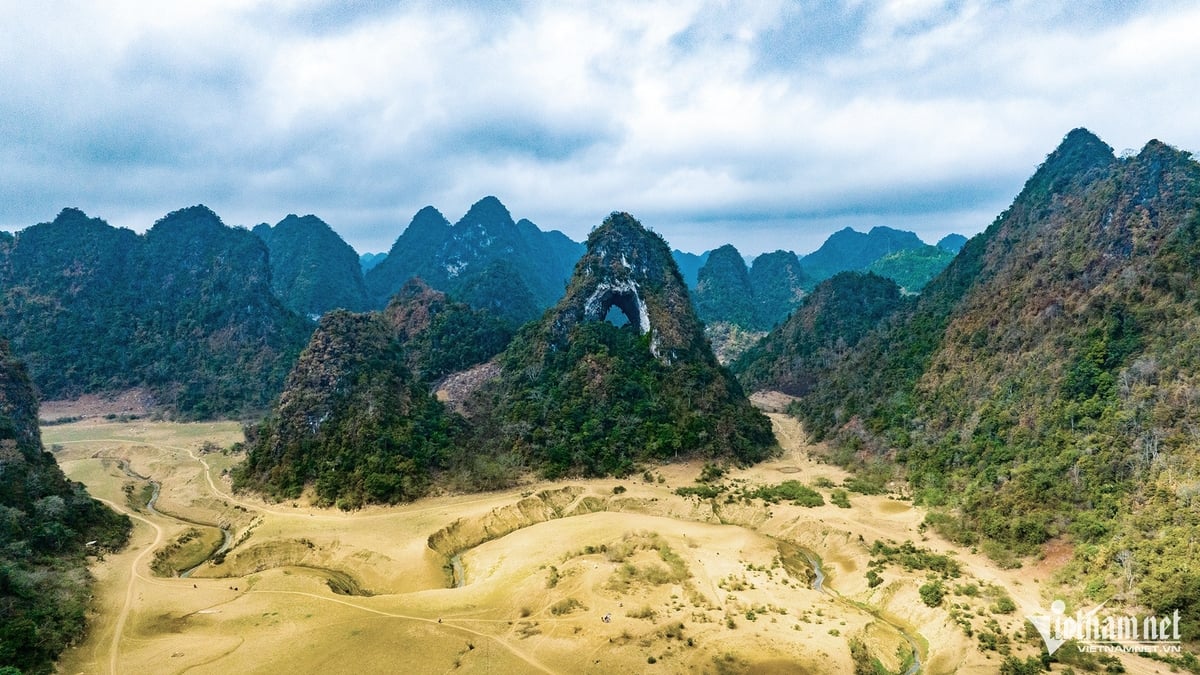


![[Photo] General Secretary To Lam meets and expresses gratitude to Vietnam's Belarusian friends](https://vphoto.vietnam.vn/thumb/1200x675/vietnam/resource/IMAGE/2025/5/11/c515ee2054c54a87aa8a7cb520f2fa6e)
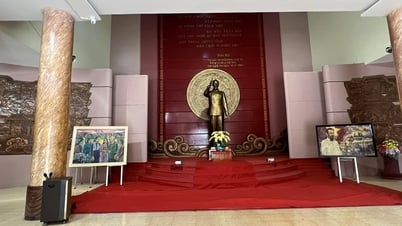

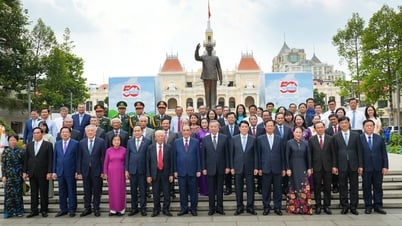



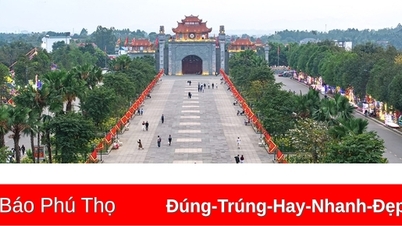
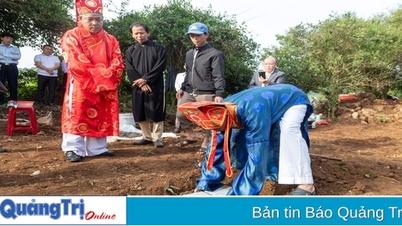

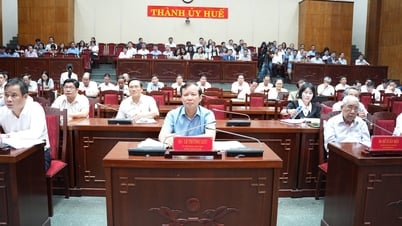


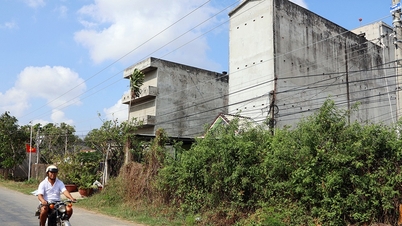
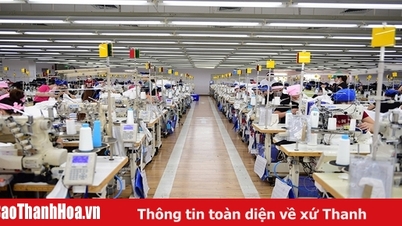
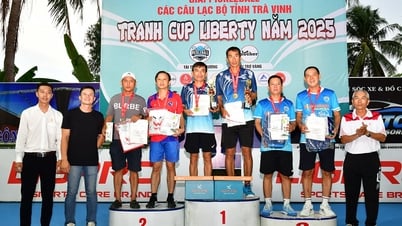

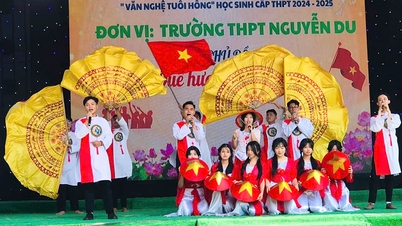




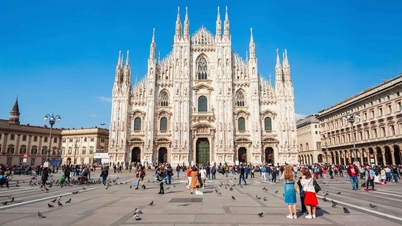

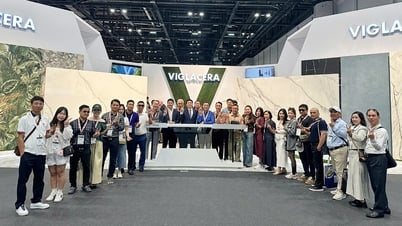
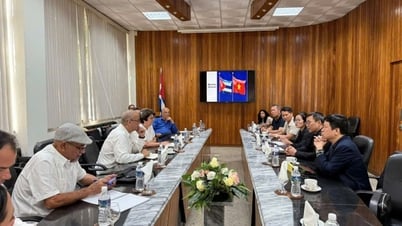

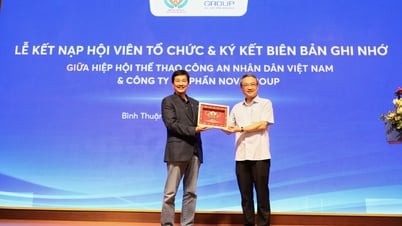
![[Photo] General Secretary To Lam concludes visit to Russia, departs for Belarus](https://vphoto.vietnam.vn/thumb/1200x675/vietnam/resource/IMAGE/2025/5/11/0acf1081a95e4b1d9886c67fdafd95ed)


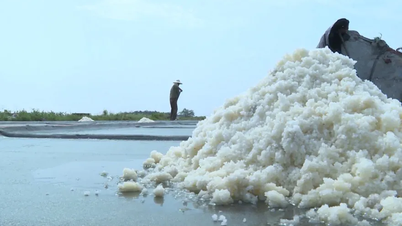








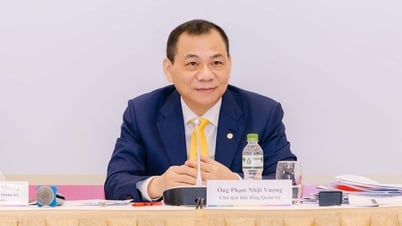

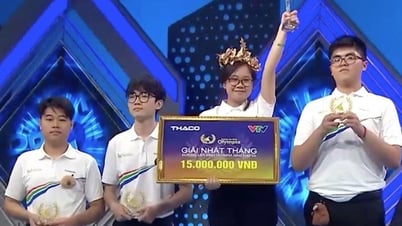















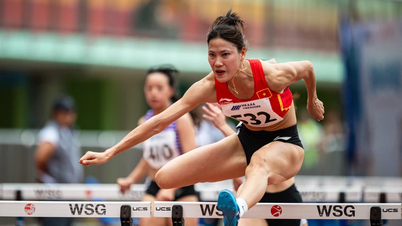
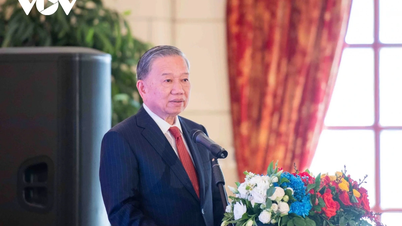

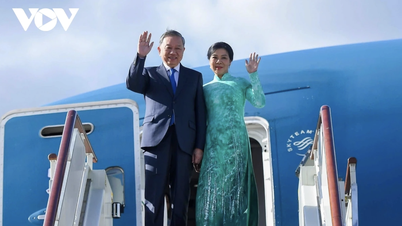
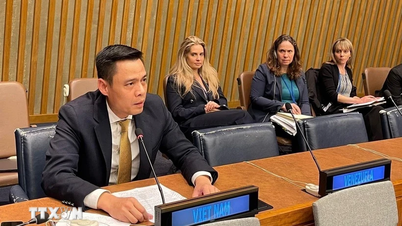













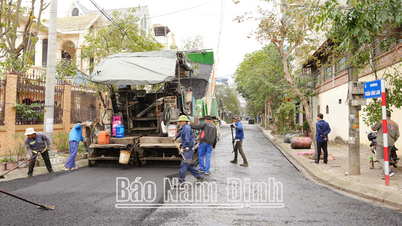

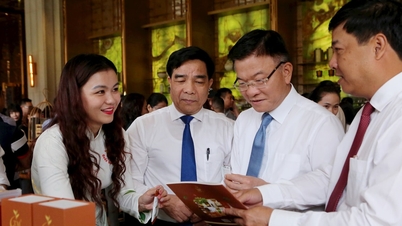

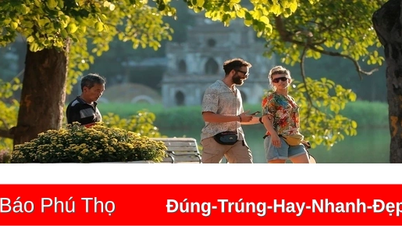

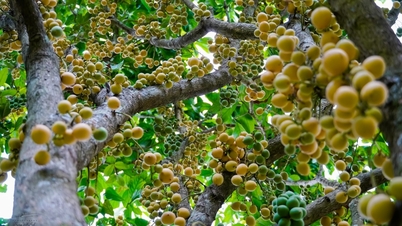









Comment (0)